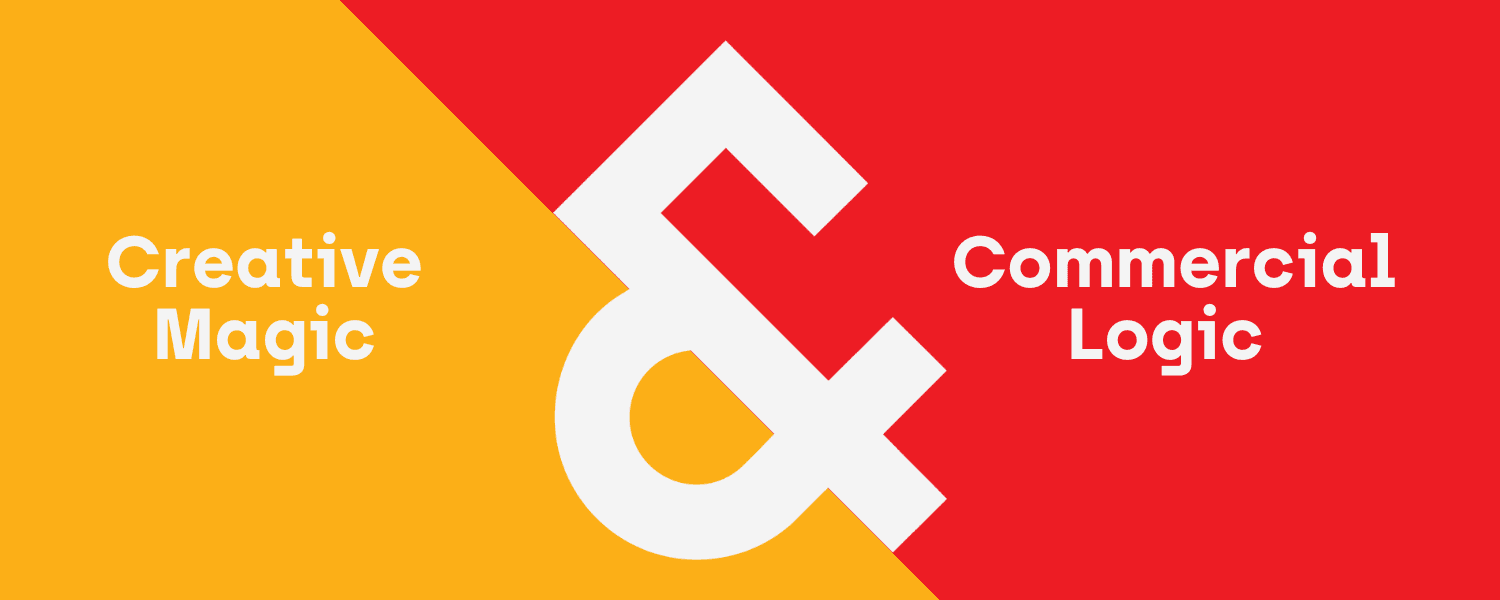
Global marketing trends you wont find anywhere else Part 2
 In the second issue of our exclusive reveal of Marketing Mix’s Best of Global Digital Conference in June, we translate the four top global trends into the current or potential impact they will have on your business.
In the second issue of our exclusive reveal of Marketing Mix’s Best of Global Digital Conference in June, we translate the four top global trends into the current or potential impact they will have on your business.
Marketers and businesses need to understand the trends, rethink their strategies, and plan for new initiatives with global trends in mind. If you missed last week’s insights it might be a good idea to have a quick scan here first.
TOP 4 GLOBAL TRENDS
- Advertising as we know it is dying – customer experience is the new battleground
- AI is going mainstream, with voice emerging as a key interface
- Brands will keep putting the pressure on digital suppliers
- Marketers are looking for greater control over data
HOW THESE TRENDS WILL IMPACT OUR APPROACH
These trends are already having a significant impact on the world as we know it:
Traditional ad agencies are under threat
Younger generations are not used to old-fashioned sales techniques like cold-calls or direct marketing efforts. Brands need to take a completely fresh approach to how they communicate and drive sales, and the problem is that most ad agencies’ expertise is still based on conceptual creativity and one-way messaging, rather than a data-driven customer experience-based approach.
This is why the likes of Accenture and McKinsey who would never have been considered competitors, are now a threat to traditional agencies. They were quick to identify that shifting consumer needs, driven by the increasing pervasiveness of technology, presented an opportunity to transform their business models.
Analysing data to derive insights is at the core of their consulting business, the only component missing was the creative/conceptual side. (Easily solved – just buy up some agencies.)
In 2017 alone, the collective spend of Deloitte’s, McKinsey and Accenture on buying up agencies totalled $1.2 billion – a 134% increase from 2016. An astounding statistic, which is even more significant when compared to the $1.8 billion spent by global agency holding groups like WPP, Omnicom and Publicis, a reduction of 46% from 2016. They mean business, that’s for sure.
Marketing is no longer the CMO’s domain
In the past, organisations were made up of siloed teams, and marketing was the domain of the CMO. But organisations are fast realising that data delivers way more valuable insights and intel when integrated across the business. Organisations are fast realising how the valuable insights and intel delivered from data directly affects and impacts the business decision making process.
Meaning that roles like CMO and CIO will need to be reassessed for their applicability in this changing landscape.
An example that underlines a number of the insights mentioned here is Procter & Gamble’s, Marc Pritchard, calling for an end to the “archaic Mad Men model” which creates too many layers between brands and consumers. He wants to create in-house capabilities that bring brand managers and teams closer to the customer, and remove the complex layers that agencies introduce. P&G has already outlined plans to cut the number of agencies it works with from 6 000 to 1 250.
In the past few years, many brands – particularly retailers – have gone the in-house agency route. The benefits are obvious – it’s cost-effective, affords more control over output, and the in-house agency is immersed in everything that happens in the business.
On the other hand, is it possible that the creative magic that agencies produce stems from exposure to a variety of industry sectors, and that even extremely creative people might lose their steam when their focus is limited to only one brand?
Brands take on social networks
As ‘fake news’ bots and data breaches are on the rise, brands are becoming increasingly concerned about reputational damage; rightfully demanding that if social networks don’t lift their game, they will pull their advertising. In February, Unilever warned Facebook and Google that they’d stop advertising unless they ‘clean up the internet’. CMO Keith Weed, summed it up in one sentence: “Unilever will not invest in platforms or environments that do not protect our children or which create division in society, and promote anger or hate.”
This tussle between brands and social platforms is so pervasive, it’s even led to a new word: “Adjacency”.
Metrics that matter
Marketers are finally starting to understand that ‘vanity metrics’ have no purpose other than feeding egos. Like celebrating gazillions of app downloads, while ignoring the fact that only two people use it. Or using the number of ‘views’ as proof a video resonated with the target audience, while ignoring the fact that ‘views’ don’t equal ‘engagement’. Was the video viewed by a human or a bot? Did the user view the whole video, or leave after a few seconds? It’s akin to newspapers promising that their readers will only see 20% of an ad, for 2 seconds. Didn’t work then, so why is it acceptable now?
To add to the problem, there is no universal standard of measurement. Each platform uses different algorithms to generate metrics, meaning that it’s impossible for brands to compare the relative value each platform delivers.
This lack of transparency from the big players needs to be addressed. Fortunately, there are industry associations who can drive this, like the IAB – who together with the 4A’s and ANA – started the ball rolling with a “ground-breaking Making Measurement Make Sense (3MS) initiative that has one goal – to provide better metrics in digital for brands, agencies and publishers. 3MS will revolutionise the way digital media is measured, planned and transacted … in order to make it a more valuable medium for everyone…”
To add even more speed bumps to this changing marketing landscape, we need to consider ad blockers. In Germany an agency/brand might spend days crafting the perfect ad, but will they get the required reach, considering that 60% of the population use ad blockers?
New legislation
GDPR is a well-intentioned policy to protect individuals and their data. However, having just returned from Europe, it’s possible that GDPR will end up protecting the site owners more than the users. Every site I visited popped up huge notices about “cookies” and “information usage permissions,” I agreed to them without even reading, so that I could access the info I was looking for.
The brighter side is that companies now need to be a whole lot more respectful of how they use or abuse individuals’ data. They can be fined up to 4% of their annual revenue for proven transgressions. In a nutshell, the beneficial aspects are [1] the right to be forgotten [2] the right, when transferring to another supplier, to take your data with you. The downsides are that retargeting and remarketing will be more difficult, due to the new cookie policies, resulting in people getting more irrelevant advertising.
Stay tuned for next week’s instalment where we unveil the new marketing landscape and give you key takeaways you can implement immediately.

 In the second issue of our exclusive reveal of Marketing Mix’s Best of Global Digital Conference in June, we translate the four top global trends into the current or potential impact they will have on your business.
In the second issue of our exclusive reveal of Marketing Mix’s Best of Global Digital Conference in June, we translate the four top global trends into the current or potential impact they will have on your business.